Unveiling the Spiky Secrets of the Sea Urchin
Beneath the waves, amidst the vibrant tapestry of marine life, dwells a creature often overlooked, yet profoundly significant: the sea urchin. With its distinctive spiny exterior, this globular inhabitant of the ocean floor might seem like a simple, stationary hazard. However, a closer look reveals a complex organism, an ancient survivor, and a vital player in marine ecosystems. From shaping kelp forests to inspiring scientific breakthroughs, the sea urchin is far more than just a prickly curiosity. Prepare to dive deep into the fascinating world of these echinoderms, uncovering their hidden lives, their ecological importance, and their surprising connections to our own.
What Exactly is a Sea Urchin?
At its core, a sea urchin is an echinoderm, a relative of starfish, sand dollars, and sea cucumbers. Its most striking feature is its spherical or flattened body, encased in a rigid, calcareous shell known as a “test.” This test is covered in an array of spines, which vary dramatically in length, sharpness, and color depending on the species. These spines serve multiple purposes, offering defense against predators, aiding in locomotion, and even helping some species burrow into the substrate. With approximately 950 known species, sea urchins exhibit incredible diversity, ranging in size from a mere few centimeters to over 30 centimeters in diameter. While their exact lifespan varies by species, some deep-sea urchins have been observed to live for an astonishing 200 years or more, making them some of the longest-lived invertebrates on Earth.
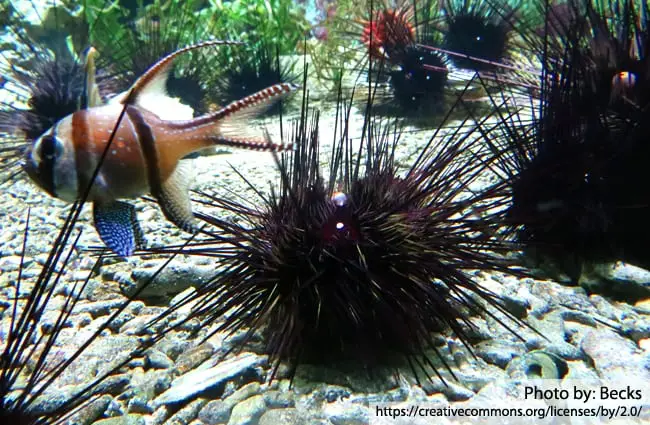
Where Do These Spiky Spheres Live? Sea Urchin Habitats
Sea urchins are true global citizens of the ocean, found in every major ocean basin, from the frigid polar waters to the warm tropics. Their adaptability allows them to thrive across an immense range of depths, from the intertidal zone, where they are exposed during low tide, to the abyssal plains thousands of meters below the surface. These resilient creatures inhabit a variety of marine environments, including rocky shores, vibrant coral reefs, dense kelp forests, and even soft sandy or muddy bottoms. Their presence is a testament to their ability to adapt to diverse conditions, utilizing their tube feet to cling to rocks, burrow into crevices, or even excavate depressions in solid rock for shelter.
For the animal lover hoping to spot a sea urchin in its natural habitat, the intertidal zone and shallow subtidal areas are excellent starting points. During low tide, exploring rocky tide pools can often reveal these creatures clinging to rocks or nestled in crevices. Snorkeling or diving in areas with kelp forests or coral reefs will almost certainly bring you face-to-face with various species. Look for their distinctive spiny forms, often camouflaged with bits of shell or algae they pick up. Remember to observe from a respectful distance, allowing these fascinating animals to go about their lives undisturbed.
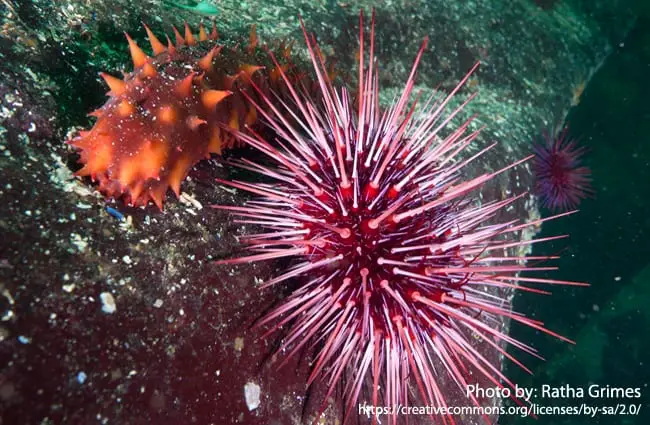
A Journey Through Time: The Evolution of Sea Urchins
The lineage of sea urchins stretches back an incredible 450 million years, making them ancient mariners of our planet. Their evolutionary journey began in the Ordovician period, long before the dinosaurs roamed the Earth. As members of the phylum Echinodermata, they share a common ancestor with starfish, brittle stars, sea cucumbers, and crinoids. The fossil record of sea urchins is remarkably rich and well-preserved, largely due to their robust calcareous tests. These fossils provide invaluable insights into their diversification and adaptation over geological timescales.
A defining characteristic of echinoderms, including sea urchins, is their five-fold radial symmetry in adulthood. However, their larval stage, known as a pluteus larva, exhibits bilateral symmetry, a fascinating developmental transition that reflects their evolutionary history. Over millions of years, sea urchins evolved specialized features such as their unique chewing apparatus, Aristotle’s lantern, and the intricate water vascular system that powers their tube feet. Their enduring presence across geological eras underscores their remarkable resilience and evolutionary success in the marine environment.
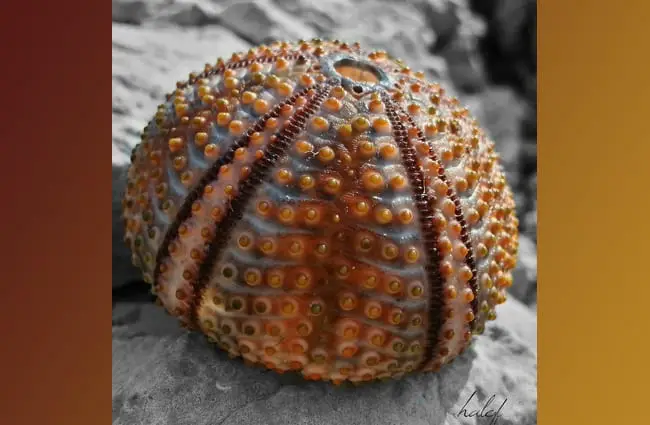
The Ocean’s Gardeners: What Sea Urchins Eat
Sea urchins are primarily herbivores, playing a crucial role as grazers in marine ecosystems. Their diet predominantly consists of algae, kelp, and other seaweeds. To consume this tough plant material, they possess a truly remarkable and complex feeding apparatus known as Aristotle’s lantern. This intricate structure, located on the underside of their body, consists of five hard, calcareous plates that function like teeth, allowing the urchin to scrape, chew, and grind food from rocky surfaces or snip pieces from larger algae. Some species are also opportunistic feeders, supplementing their diet with detritus, small invertebrates, or even sessile organisms like sponges and bryozoans.
The grazing habits of sea urchins have a profound impact on their environment. In healthy ecosystems, they help maintain the balance of algal growth, preventing overgrowth that could smother corals or other marine life. However, when their populations explode due to a lack of predators, their voracious appetites can lead to the creation of “urchin barrens,” areas where kelp forests are decimated, transforming vibrant underwater habitats into barren landscapes. This delicate balance highlights the critical role sea urchins play in shaping the structure and health of marine communities.

The Dance of Life: Sea Urchin Reproduction
The reproductive process of sea urchins is a marvel of marine biology, typically involving external fertilization. Most sea urchin species have separate sexes, meaning individuals are either male or female. When conditions are right, often triggered by environmental cues such as water temperature, lunar cycles, or the presence of gametes from other urchins, males and females release their sperm and eggs directly into the water column. This synchronized release, known as spawning, increases the chances of successful fertilization in the vast ocean.
Once fertilized, the eggs develop into a free-swimming larval stage called a pluteus larva. These microscopic larvae drift with ocean currents, feeding on phytoplankton and undergoing a series of complex developmental changes. The pluteus larva is bilaterally symmetrical, a striking contrast to the radially symmetrical adult. After a period of growth and development, the larva undergoes a dramatic transformation, known as metamorphosis, settling onto the seabed and developing into a miniature adult sea urchin. This life cycle, from tiny larva to spiny adult, is a testament to the intricate strategies marine invertebrates employ to ensure the continuation of their species.

Ecosystem Engineers: Sea Urchins’ Role in the Marine World
Sea urchins are far more than just passive grazers; they are true ecosystem engineers, profoundly influencing the structure and function of marine habitats. Their grazing activities are paramount in maintaining the health and biodiversity of kelp forests and algal beds. By consuming excess algae, they prevent overgrowth, allowing other species to thrive and ensuring light penetrates to the seafloor. Conversely, an imbalance in their populations can lead to devastating consequences, as seen in the formation of “urchin barrens” where entire kelp forests are consumed, drastically altering the ecosystem.
Beyond their grazing, sea urchins serve as a vital food source for a variety of marine predators. Sea otters, lobsters, crabs, and certain fish species all rely on sea urchins as part of their diet. The presence or absence of these predators can significantly impact urchin populations and, consequently, the entire ecosystem. Furthermore, some burrowing sea urchin species contribute to habitat creation by excavating shelters in soft sediments or even rock, providing microhabitats for other small invertebrates. Their sensitivity to environmental changes also makes them valuable bioindicators, offering clues about the health of the marine environment.
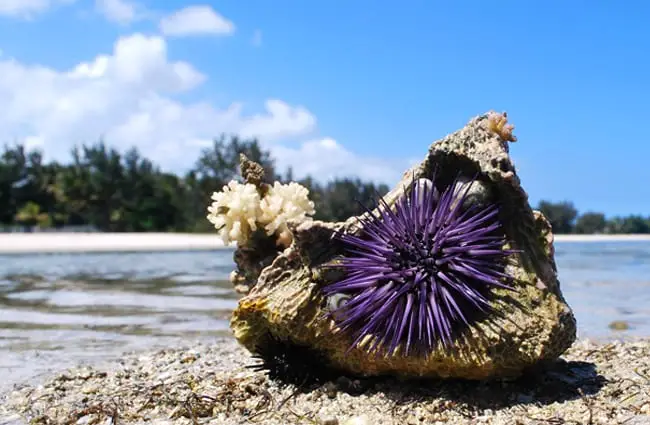
Sea Urchins and Humanity: From Cuisine to Conservation
The interaction between sea urchins and humans is multifaceted, spanning culinary delights, scientific research, and conservation challenges. In many cultures, particularly in Japan, the gonads of sea urchins, known as “uni,” are considered a prized delicacy. Their rich, creamy texture and distinct flavor make them a sought-after ingredient in sushi and other gourmet dishes, supporting a significant global fishery.
Beyond the plate, sea urchins have been invaluable subjects in scientific research. Their easily observable embryonic development has made them model organisms for studying developmental biology, providing fundamental insights into cell division, fertilization, and embryogenesis. Their remarkable ability to regenerate lost spines and even parts of their test also makes them a focus for regeneration studies, holding potential clues for medical advancements. However, human activities have also impacted sea urchin populations and their ecosystems. Overfishing of predators like sea otters can lead to unchecked urchin population growth, resulting in ecological imbalances such as the destruction of kelp forests. Conservation efforts often focus on managing these predator-prey dynamics and protecting critical marine habitats to maintain a healthy balance within the ecosystem.
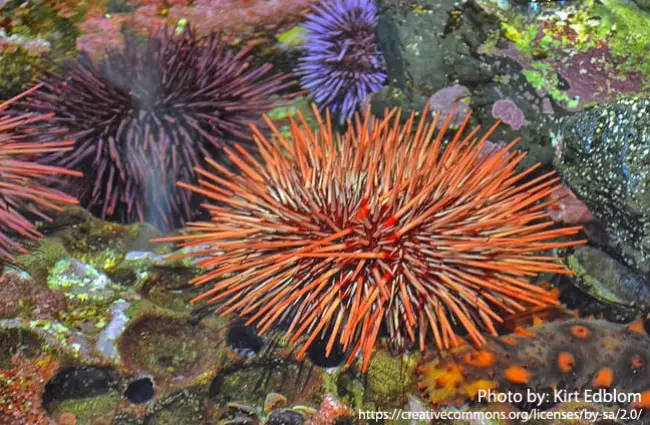
Encountering a Sea Urchin: What to Do
Whether you are a curious beachcomber, an aspiring marine biologist, or a dedicated zookeeper, understanding how to interact with sea urchins is crucial for both your safety and their well-being.
- For the Animal Lover or Hiker:
- Observe from a Distance: When exploring tide pools or shallow waters, admire sea urchins without touching them. Their spines are sharp and can easily puncture skin.
- Avoid Touching: Even if a sea urchin appears harmless, its spines can cause painful stings and embed themselves in your skin. Some species also possess venomous pedicellariae, small pincer-like structures that can deliver venom.
- If Stung: If you accidentally step on or touch a sea urchin and get stung, the primary goal is to remove the spines.
- Soak the affected area in hot water (as hot as tolerable) for 30-90 minutes, as heat can help break down venom and ease pain.
- Carefully remove any visible, large spines with tweezers.
- Do not try to dig out deeply embedded spines with a needle, as this can push them deeper or break them.
- For numerous or deeply embedded spines, or if signs of infection or severe pain develop, seek medical attention.
- Respect Their Habitat: Leave rocks and marine life undisturbed. Turn over any rocks you move to their original position to protect the creatures underneath.
- For the Aspiring Zoologist:
- Observe Behavior: Spend time watching sea urchins in their natural environment. Note their movement patterns using tube feet, their feeding strategies, and how they use camouflage.
- Study Ecological Impact: Research how sea urchin populations influence local ecosystems, particularly in kelp forests or coral reefs. Understand the delicate balance between urchins, their predators, and algal growth.
- Consider Research Opportunities: Sea urchins are excellent subjects for studying developmental biology, regeneration, and the effects of ocean acidification. Many universities and research institutions conduct studies involving these fascinating invertebrates.
- For the Zookeeper Caring for a Sea Urchin in Captivity:
- Housing Requirements:
- Water Parameters: Maintain stable water temperature, salinity, and pH levels specific to the species. Fluctuations can be highly detrimental.
- Substrate: Provide an appropriate substrate, such as live rock for grazing or sandy bottoms for burrowing species.
- Hiding Spots: Offer ample crevices and shaded areas for the urchin to retreat, especially during daylight hours.
- Diet:
- Provide a consistent supply of varied marine algae, kelp, and seaweed.
- Supplement with specialized urchin foods or high-quality dried seaweed if natural sources are limited.
- Ensure food is securely placed for the urchin to graze upon.
- Tank Mates:
- Choose tank mates carefully. Avoid predatory fish, crabs, or lobsters that might view the urchin as food.
- Ensure other invertebrates are compatible and will not compete excessively for resources or harm the urchin.
- Maintenance and Monitoring:
- Perform regular water changes and monitor water quality diligently.
- Clean the substrate and tank surfaces to prevent excessive algal buildup, but leave some for grazing.
- Regularly inspect the urchin for signs of stress, disease, or spine loss.
- What to Avoid:
- Sudden Environmental Changes: Acclimate new urchins slowly and avoid rapid shifts in water parameters.
- Overcrowding: Ensure the tank is large enough to accommodate the urchin and its tank mates without stress.
- Incompatible Tank Mates: Do not house with known predators or aggressive species.
- Harsh Chemicals: Avoid using strong cleaning agents or medications in the tank that could harm invertebrates.
- Direct Handling: Use appropriate tools if handling is necessary to avoid injury to both the urchin and the keeper.
- Housing Requirements:
Fascinating Facts About Sea Urchins
- Sea urchins exhibit five-fold radial symmetry in their adult form, a characteristic shared with other echinoderms.
- Their mouth is located on the underside of their body, allowing them to graze on surfaces, while the anus is typically on the top.
- Movement is achieved through hundreds of tiny, suction-cup-tipped tube feet that extend from pores in their test.
- Some deep-sea species, such as the red sea urchin, can live for an astonishing 200 years or more, making them among the longest-lived animals.
- Their spines are not just for defense; they also aid in locomotion and can help some species burrow.
- Sea urchins possess remarkable regenerative capabilities, able to regrow lost spines, tube feet, and even portions of their test.
- The complex chewing apparatus found in most sea urchins is famously known as Aristotle’s lantern, named by the Greek philosopher who first described it.
- Despite the adult’s radial symmetry, their larval stage, the pluteus larva, is distinctly bilaterally symmetrical.
- Some species have the ability to change color to better camouflage themselves or in response to environmental stimuli.
- They can use their spines and tube feet to pick up and hold onto bits of shell, rock, or algae, effectively creating camouflage hats to hide from predators or protect themselves from strong sunlight.
Conclusion: The Enduring Legacy of the Spiny Orb
From their ancient origins to their vital role in modern marine ecosystems, sea urchins are truly extraordinary creatures. These spiny orbs, often perceived as mere hazards, are in fact complex, adaptable, and ecologically indispensable. They remind us that even the most unassuming inhabitants of our planet hold profound secrets and play crucial roles in maintaining the delicate balance of life. As we continue to explore and understand the ocean, the sea urchin stands as a testament to nature’s ingenuity, a symbol of resilience, and a constant source of fascination for zoologists, conservationists, and curious minds alike. Protecting their habitats and understanding their interactions within the marine world is not just about safeguarding a single species, but about preserving the health and biodiversity of our entire blue planet.

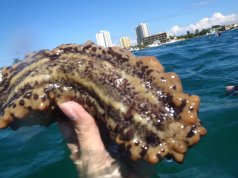
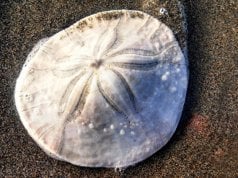
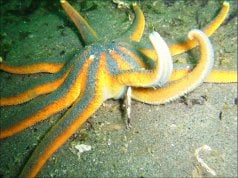
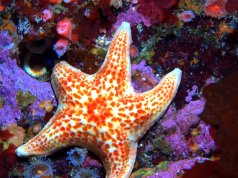
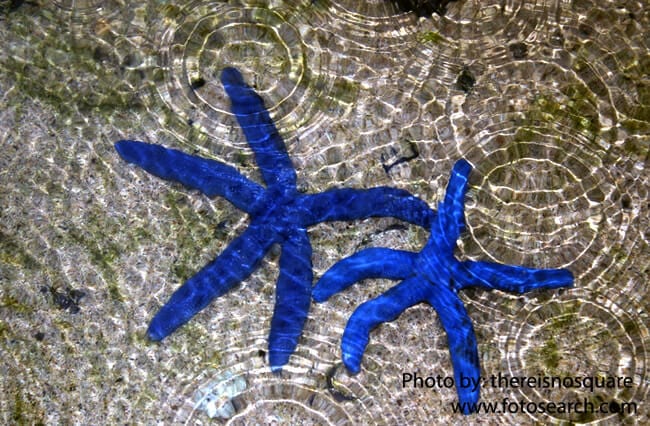
![Red Angus Closeup of a beautiful Red Angus cowPhoto by: U.S. Department of Agriculture [pubic domain]https://creativecommons.org/licenses/by/2.0/](https://animals.net/wp-content/uploads/2020/03/Red-Angus-4-100x75.jpg)

